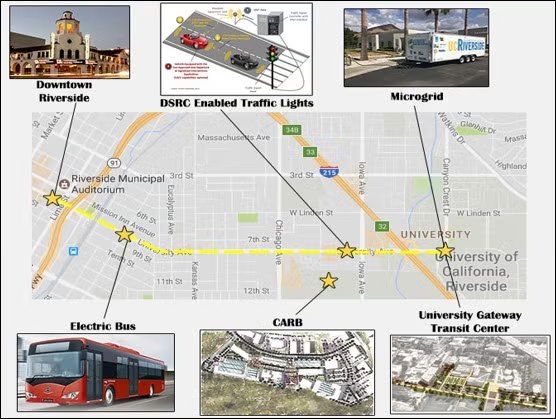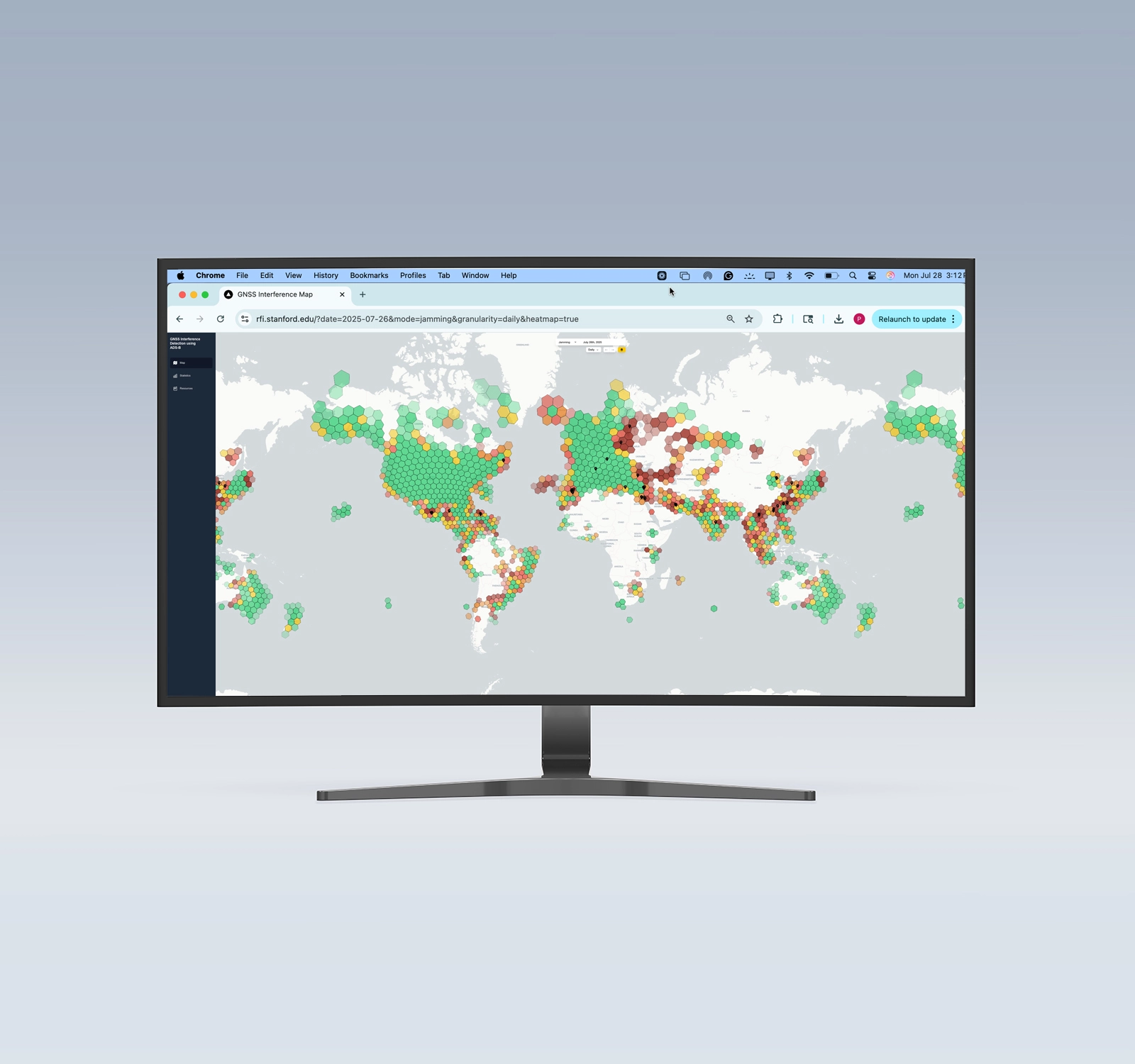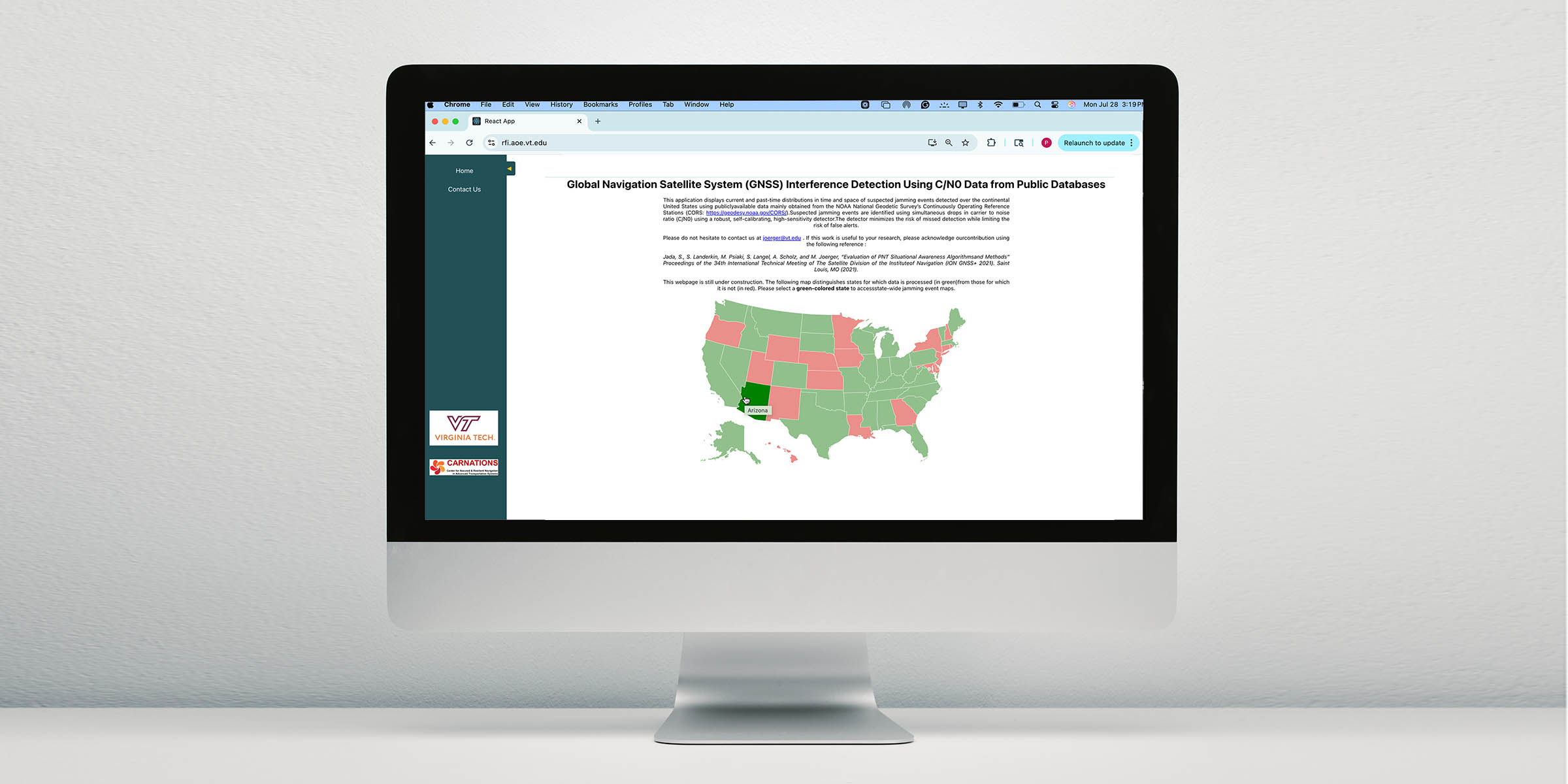CARNATIONS Impact
CARNATIONS research is shared through academic journals, industry publications, and media. Each year, the CAB Research Subcommittee reviews progress and recommends next steps. Projects are conducted in direct collaboration with industry partners and have already resulted in the following measurable achievements.

Impact by the Numbers
Our progress across key areas: research, education and workforce development, and technology transfer.
Launched in
2023
Principal investigators
Active projects
Patent filed
Peer-reviewed papers
Partner institutinons
Industry and
government partners
International field tests
Students supported
Cross-cutting courses
Webinars hosted
Featured Projects in Action
Patent Secured for GNSS Spoofer Detection Prototype
PROJECT:
Inertial Sensing to Detect GNSS Spoofers Prototype
PROJECT:
Evaluating INS/GNSS Availability for Self-Driving Cars in Urban Environments
KANA NAGAI
CARNATIONS Outdoor Testing Facilities
TESTING FACILITY:
Virginia Tech Smart Road Bridge - CARNATIONS Testbed

TESTING FACILITY:
University of Riverside Innovation Corridor
CARNATIONS Testbed
Tool Development
Explore public tools developed by CARNATIONS to visualize and respond to GNSS spoofing and jamming threats. Real-Time Tools for a More Secure GNSS Future.

TOOL DEVELOPED:
Spoofing Incident Tracker: Public website for tracking spoofing events, using Stanford’s WAAS-NAS Heatmap.

TOOL DEVELOPED:
Jamming Detection App: Real-time and historical jamming visualizer developed by Virginia Tech
Explore Tangible Outcomes from Research Projects
GNSS Anti-Jam & Anti-Spoof Antenna Technology for MultimodalTransportation
GNSS Anti-Jam & Anti-Spoof Antenna Technology for MultimodalTransportation
Tangible Outcome:
Generated a rare and realistic GNSS jamming and spoofing dataset.
Captured open-sky interference data in Norway during a government-sanctioned event using advanced RF receivers and multi-element antennas.
Collected complex real-world interference signals in Israel across multiple vehicles.
Industry partner StarNav contributed additional multi-receiver datasets from a U.S. government testing event.
Enables critical testing of resilient navigation technologies under real-world threat scenarios.
Receiver Signal Processing to Resist GNSS Jamming and Spoofing Attacks
Receiver Signal Processing to Resist GNSS Jamming and Spoofing Attacks
Tangible Outcomes:
Developed spoofing detection and mitigation software for resilient GNSS receiver
prototyping.
Teamed up with Sandia National Lab to prototype a Complex Cross Ambiguity Function
(CCAF)-based spoofing solution, moving closer to field deployment.
Defending Against GNSS Jamming and Spoofing by Multi-Sensor Integration
Defending Against GNSS Jamming and Spoofing by Multi-Sensor Integration
Tangible Outcomes:
Advanced patent & commercialization efforts.CARNATIONS’ provisional patent for GNSS spoofing detection using IMU technology is on track for approval (expected by Summer 2025).
This patent has benefited from a commercialization and marketing strategy developed with the Kaplan Institute at Illinois Tech.
Radio-Frequency Signal Augmentation to Reduce PNT Jamming and Spoofing Risks
Radio-Frequency Signal Augmentation to Reduce PNT Jamming and Spoofing Risks
Tangible Outcomes:
Future PNT satellite system design.CARNATIONS is closely collaborating with Xona Space Systems to predict the performance of their PNT-dedicated low-earth-orbiting (LEO) satellite system.
,
CARNATIONS is analyzing the accuracy, integrity, continuity, and availability of the Xona Pulsar constellation considering the satellite signals, constellation design, receiver algorithms, and the extent of the ground monitoring segment.
Towards Resilient V2X Communications over 5G/6G Networks
Towards Resilient V2X Communications over 5G/6G Networks
Tangible Outcomes:
Metrics for evaluating the resilience of V2X networks.CARNATIONS defined a new metric for evaluating the resilience of V2X network timing synchronization in vehicular platoons and developed a robust design based on a diffusion protocol that enables re-synchronization of an attacked vehicle via wireless vehicle-to-vehicle (V2V) links.
Multi-Vehicle/Infrastructure Jammer/Spoofer Detection and Localization
Multi-Vehicle/Infrastructure Jammer/Spoofer Detection and Localization
Tangible Outcomes:
PNT integrity risk reduction using collaborative localization.In this project, CARNATIONS emphasized the importance of cooperative data sharing and multi-source integration to strengthen the connected transportation ecosystem.
Our results demonstrate that collaborative fault detection outperforms standalone approaches by leveraging relative measurements—such as inter-vehicle ranges and shared observations—that are not available in isolated systems.
Threat Models and Use Cases for Multimodal Transportation
Threat Models and Use Cases for Multimodal Transportation
Tangible Outcomes:
Aligned research with U.S. standards groups developing resilient PNT frameworks, including RTCA (GNSS spoofing and AI/ML), RTCM, and IEEE P1952.
Developed and field-tested a low-cost, solar-powered GPS RFI monitor aboard a ship in the Eastern Mediterranean.
The system is designed for scalable, low-cost deployment to detect and localize GNSS interference.
R-PNT virtual conflict simulation
R-PNT virtual conflict simulation
Tangible Outcomes:
Fully integrated V2X and traffic dynamic connected vehicle freeware with cyber-attack and defense simulation capability.
CARNATIONS expects great interest in this research from the automated transportation industry and will engage CARNATIONS Advisory Board (CAB) to contribute feedback and collaborate throughout the effort.
Comprehensive Testing and Evaluation of Resilient PNT Systems
Comprehensive Testing and Evaluation of Resilient PNT Systems
Tangible Outcomes:
Launched two public situational awareness websites to track GNSS interference using real-time, crowdsourced data:
• Stanford’s airborne spoofing monitor (rfi.stanford.edu)
• Virginia Tech’s ground-based jamming monitor (U.S. GPS CORS network)
Designing a large-scale outdoor APNT testbed with VTTI and partners to evaluate:
• Cyber-physical attacks in driving and UAS scenarios
• RF-based counter-UAS methods
• Local RF interference monitoring
Improving GNSS Resiliency Using Edge AI Solutions
Improving GNSS Resiliency Using Edge AI Solutions
Tangible Outcomes:
Practical design guidance for manufacturers.CARNATIONS is developing practical design guidance to help manufacturers mitigate GNSS cyberattacks using edge computing technologies.
We are actively engaging the CARNATIONS Advisory Board (CAB) to provide feedback and collaborate throughout the project to ensure that the resulting solutions are both technically effective and industry-relevant.
Development of a Generalized Integrity Monitoring Framework for CAV Application
Development of a Generalized Integrity Monitoring Framework for CAV Application (NEW)
Tangible Outcomes:
CAV-centric integrity monitoring (CAV-IM) framework.CARNATIONS will develop and implement a Connected and Automated Vehicle-centric Integrity Monitoring (CAV-IM) framework tailored for critical CAV applications, such as Intersection Movement Assist (IMA).
The framework will support real-time decision-making by issuing timely warnings to drivers or autonomously initiating evasive maneuvers to maintain safety and system reliability.
Examining and Enhancing Vehicle Spoofing Detection Capabilities in CAV Applications Using BSM Information
Examining and Enhancing Vehicle Spoofing Detection Capabilities in CAV Applications Using BSM Information
Tangible Outcomes:
Protections against jamming and spoofing penetration through CAV transportation networks. This project aims to enhance spoofing and jamming detection capabilities in CAV applications by leveraging Basic Safety Message (BSM) information broadcast by surrounding vehicles.
The focus is on detecting malicious interference during vehicle-to-vehicle maneuvers, where attackers may attempt to disrupt cooperative behaviors and compromise the integrity of CAV network operations.
Resilient V2X Communication for Cooperative and Remote Driving
Resilient V2X Communication for Cooperative and Remote Driving
Tangible Outcomes:
Stable V2X communication architectures for R-PNT.We expect interest in this research from CAV navigation system designers, CAV application designers, and CAV manufacturers.
We are actively engaging the CARNATIONS Advisory Board (CAB) to provide feedback and collaborate throughout the project.
Subscribe to our weekly newsletter
Stay updated on research, events, and opportunities from the CARNATIONS community.

